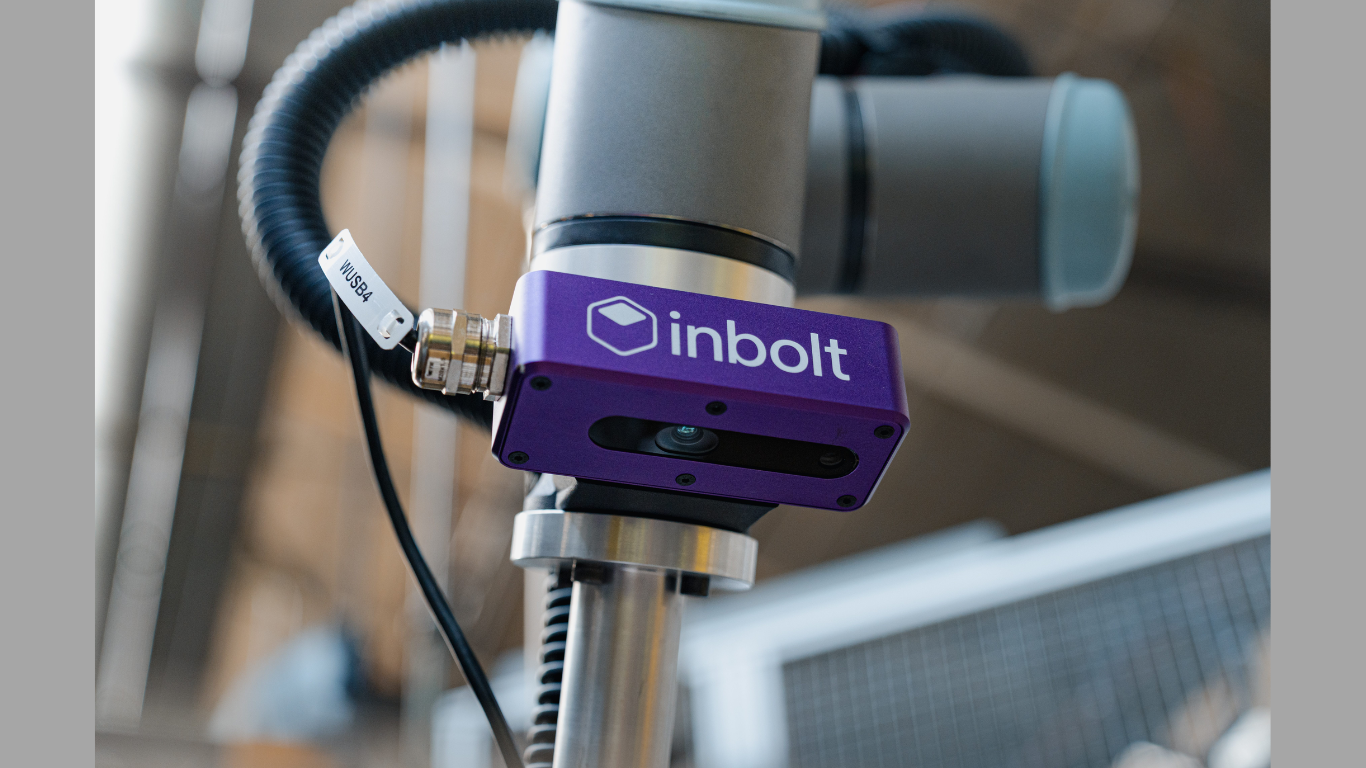Not long ago, many business leaders relied on gut instinct. They leaned on personal experience, intuition, and a few simple reports to make major calls. For a while, that was enough. Markets moved slower. Competition was predictable. Customers had fewer choices.
That reality has changed. Today, business moves fast. New competitors enter the market almost overnight. Customer expectations evolve quickly. Technology changes the way industries operate. In this environment, relying on instinct alone can be dangerous. This is why data-driven decision making is no longer a nice-to-have—it has become a requirement for survival.
The Shift From Gut Instinct to Evidence-Based Choices
For decades, executives made decisions based on what felt right. Some succeeded, but many failed. Inconsistent results often followed because there was no structured process to back up those choices. Over time, organizations began to see the power of data. Simple reports turned into dashboards. Dashboards grew into analytics platforms. Leaders realized that they could measure trends, study customer behavior, and test strategies before committing to them.
That shift often starts with a simple question—what is business analytics—because once leaders understand the basics, they can see how raw data turns into insights that drive smarter choices.
Why Data-Driven Decisions Give Businesses an Edge
Making decisions with data gives companies clear advantages. First, it improves accuracy. Instead of relying on assumptions, leaders use numbers, patterns, and forecasts. This reduces the chances of costly mistakes.
Second, it speeds up response time. Businesses with real-time insights can act quickly. For example, if customer demand spikes, they can adjust inventory right away. If a product underperforms, they can spot the issue before it grows into a bigger problem.
Third, it builds customer loyalty. Data helps companies understand what customers need and expect. With analytics, businesses can personalize experiences, improve service, and respond to feedback faster. Customers notice when companies listen.
Finally, it creates operational efficiency. Data shows where processes slow down or waste money. By analyzing operations, businesses can cut costs, save time, and improve productivity without guesswork.
Common Roadblocks to Becoming Data-Driven
Even though the benefits are clear, many businesses struggle with making the shift. One of the biggest challenges is data silos. When information is scattered across different systems, it becomes hard to get a full picture. Marketing may see one trend, while operations see another. Without integration, insights get lost.
Another roadblock is unclear goals. Some companies jump into analytics without deciding what they want to achieve. They focus on tools and features instead of business outcomes. As a result, they collect data but fail to use it effectively.
Culture is another challenge. Employees may resist change if they are used to working a certain way. Some may not trust the data or may lack training to interpret it. Without leadership support, adoption becomes even harder.
Practical Steps to Build a Data-Driven Culture
The good news is that any business can begin its journey toward data-driven decision-making. It does not require a massive overhaul overnight. Small, steady steps create lasting impact.
Start with clear goals. Define what success looks like. Do you want to reduce costs? Improve customer satisfaction? Increase revenue? Goals help guide analytics efforts and ensure data is used for results, not just reports.
Make data accessible. Teams need access to the right information. This does not mean everyone should see everything. It means employees should have access to data that helps them do their jobs better. A sales manager may need customer insights, while an operations manager may need supply chain metrics.
Invest in training. Data is only useful if people can understand it. Training helps employees learn how to read dashboards, interpret patterns, and apply insights. This builds confidence and creates a culture where decisions are based on evidence.
The path to becoming data-driven may not be easy, but it is achievable. With clear goals, strong leadership, and a culture that values evidence, any business can make the shift. Companies that take these steps today will be better prepared for tomorrow’s challenges and opportunities.
In the end, the future belongs to organizations that act on insights, not guesses.
Article received via email






























